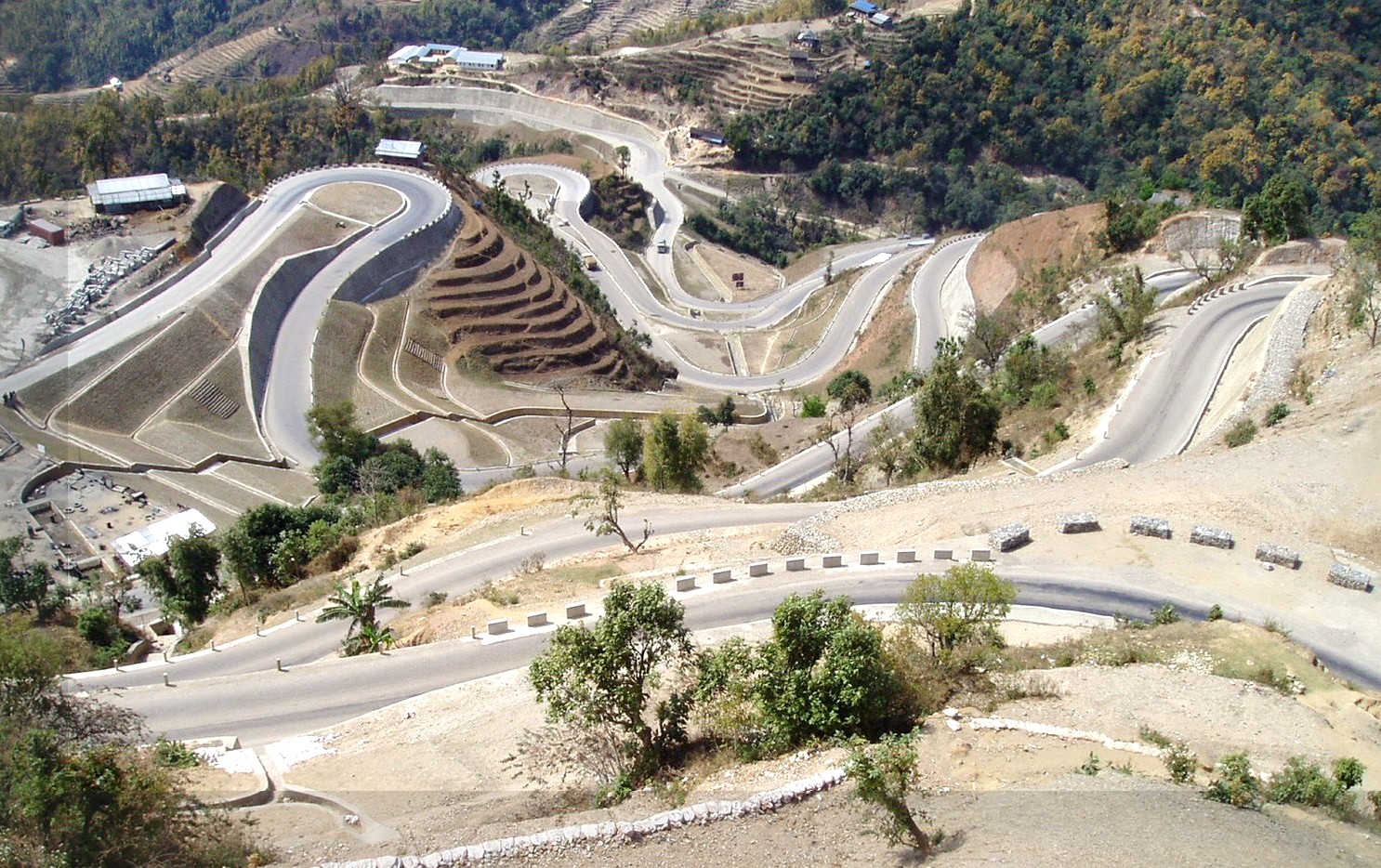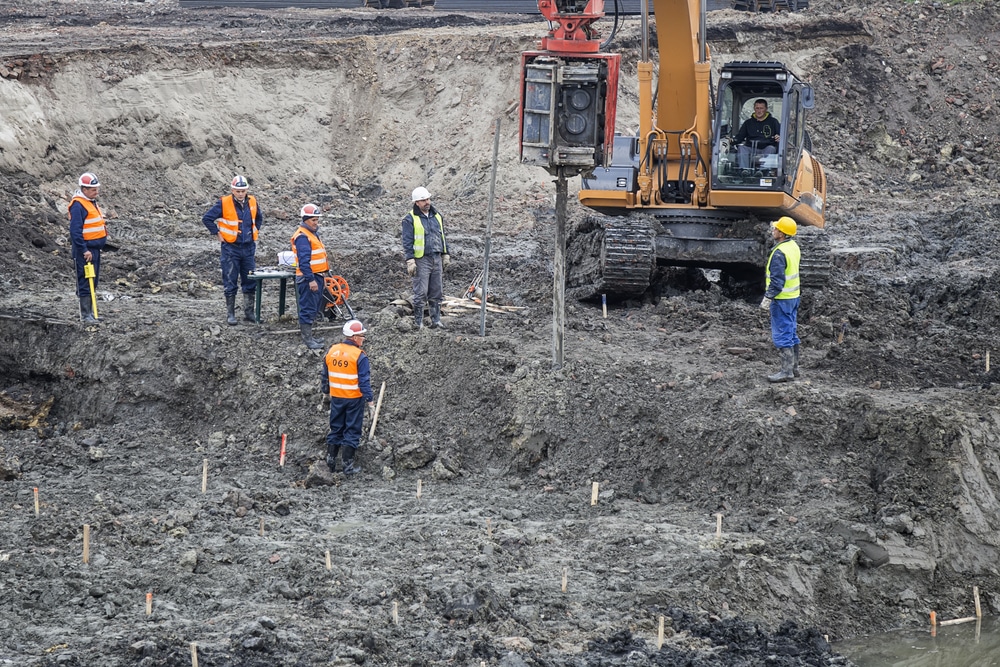Geotechnical Geologist Providers for Accurate Dirt and Rock Evaluation
Geotechnical Geologist Providers for Accurate Dirt and Rock Evaluation
Blog Article
How Consulting Engineers Enhance Geotechnical Engineering Projects: Insights Into Their Expertise, Techniques, and Collaborative Approaches
Consulting designers are essential in improving geotechnical engineering tasks, using their specialized understanding to navigate the intricacies of subsurface problems. Their approaches incorporate a variety of website examination methods, including Standard Infiltration Examinations (SPT) and Cone Penetration Examinations (CPT), which notify vital decisions throughout the design and construction stages. Their joint techniques foster interaction among varied task stakeholders, eventually forming the job's trajectory. As we check out the diverse duties these experts play, it comes to be clear that their contributions prolong past technical expertise, triggering a more detailed take a look at the effects for project success.
Role of Consulting Engineers
The know-how of speaking with designers in geotechnical design is basic to the successful execution of building tasks. These professionals play a critical function in examining dirt and rock homes, which are important factors influencing design and building decisions. By carrying out detailed website examinations, consulting engineers collect important data that informs the design process, guaranteeing projects are improved stable and appropriate ground.
Consulting engineers also offer indispensable insights into risk management (geotechnical geologist). They identify possible geotechnical hazards, such as landslides, soil liquefaction, and settlement issues, allowing stakeholders to carry out efficient mitigation strategies. Their knowledge aids in optimizing structure styles, which can cause considerable cost financial savings and boosted security
Additionally, speaking with engineers work as a crucial link between task owners, architects, and contractors. Their capacity to equate complex geotechnical information right into actionable referrals promotes collaboration and promotes notified decision-making throughout the project lifecycle. This multidisciplinary strategy not only enhances job efficiency yet likewise ensures conformity with regulatory criteria and finest techniques.
Secret Methodologies in Geotechnical Design

One key technique is site investigation, which includes carrying out area examinations and research laboratory analyses to gather data on subsurface conditions. Methods such as Requirement Infiltration Screening (SPT) and Cone Infiltration Screening (CPT) are extensively made use of to evaluate soil stratigraphy and strength. Additionally, geophysical techniques, including seismic and electrical resistivity surveys, provide non-invasive means to evaluate subsurface qualities.
One more vital method is mathematical modeling, which allows engineers to replicate different scenarios and predict exactly how soil-structure interactions will act under various loading problems. Finite Aspect Analysis (FEA) is a common approach used in this context.
In addition, the layout of structures, keeping structures, and earthworks relies greatly on these techniques - geotechnical geologist. By incorporating sophisticated analytical devices with area data, speaking with engineers can create customized services that deal with specific job obstacles, inevitably contributing to the stability and safety and security of building and construction jobs
Importance of Dirt Analysis
Dirt analysis works as a foundational component in geotechnical engineering, providing necessary insights right into the physical and chemical homes of dirt required for reliable construction preparation. Understanding dirt characteristics is vital for determining its load-bearing ability, drainage habits, and possibility for settlement or instability. In-depth dirt investigations, consisting of tasting and laboratory testing, aid identify specifications such as dirt kind, moisture material, thickness, and shear toughness.
These analyses notify the option of appropriate building methods and products, ultimately influencing job security and long life. Natural dirts might require different foundation designs compared to granular soils, requiring customized design options. Dirt evaluation help in determining pollutants that might present dangers to human health and wellness or the atmosphere, enabling for the growth of reduction methods.
Integrating soil analysis right into the beginning of job advancement helps to minimize unforeseen more info here challenges, ensuring that engineers can prepare for and address possible concerns before they escalate. By developing a thorough understanding of the website conditions, speaking with engineers can maximize style efficiency and reduce prices, consequently enhancing the total success of geotechnical design projects.
Joint Techniques in Jobs
Effective geotechnical jobs typically rest on joint methods that bring together varied competence from various techniques. Efficient collaboration amongst speaking with designers, geologists, ecological scientists, and building and construction experts is crucial for attending to complex discover this info here obstacles and optimizing job outcomes. By leveraging the special skills and understanding of each staff member, tasks can gain from an alternative understanding of the website conditions, governing requirements, and design constraints.
Routine interaction and interdisciplinary meetings assist in the sharing of understandings and foster a culture of synergy. These collaborative efforts make it possible for the identification of prospective threats early in the project lifecycle, enabling for prompt mitigation methods. Integrating responses from stakeholders, consisting of regional communities and regulative companies, makes sure go to this website that all perspectives are considered, enhancing project approval and conformity.
Additionally, the integration of advanced innovations, such as Geographic Info Solution (GIS) and Building Info Modeling (BIM), additional improves partnership. These tools enable for the real-time sharing of information and visualization of geotechnical conditions, promoting notified decision-making. Ultimately, a collaborative method not only improves task implementation yet additionally lays the structure for ingenious options to complicated geotechnical engineering challenges.
Impact on Project End Results

Consulting designers use sophisticated methodologies such as danger assessment and predictive modeling, which boost the accuracy of task forecasts. Their capability to integrate ingenious technologies, like geotechnical instrumentation and data analytics, better fine-tunes the design and building procedures. Therefore, tasks experience improved performance, reduced prices, and minimized hold-ups.
Moreover, promoting effective communication and collaboration amongst employee boosts problem-solving capacities. When obstacles develop, an unified front permits swift identification of remedies, protecting against prospective problems. Inevitably, the collective efforts of speaking with engineers add to better outcomes, guaranteeing that jobs fulfill both regulatory requirements and client expectations.
Final Thought

Report this page